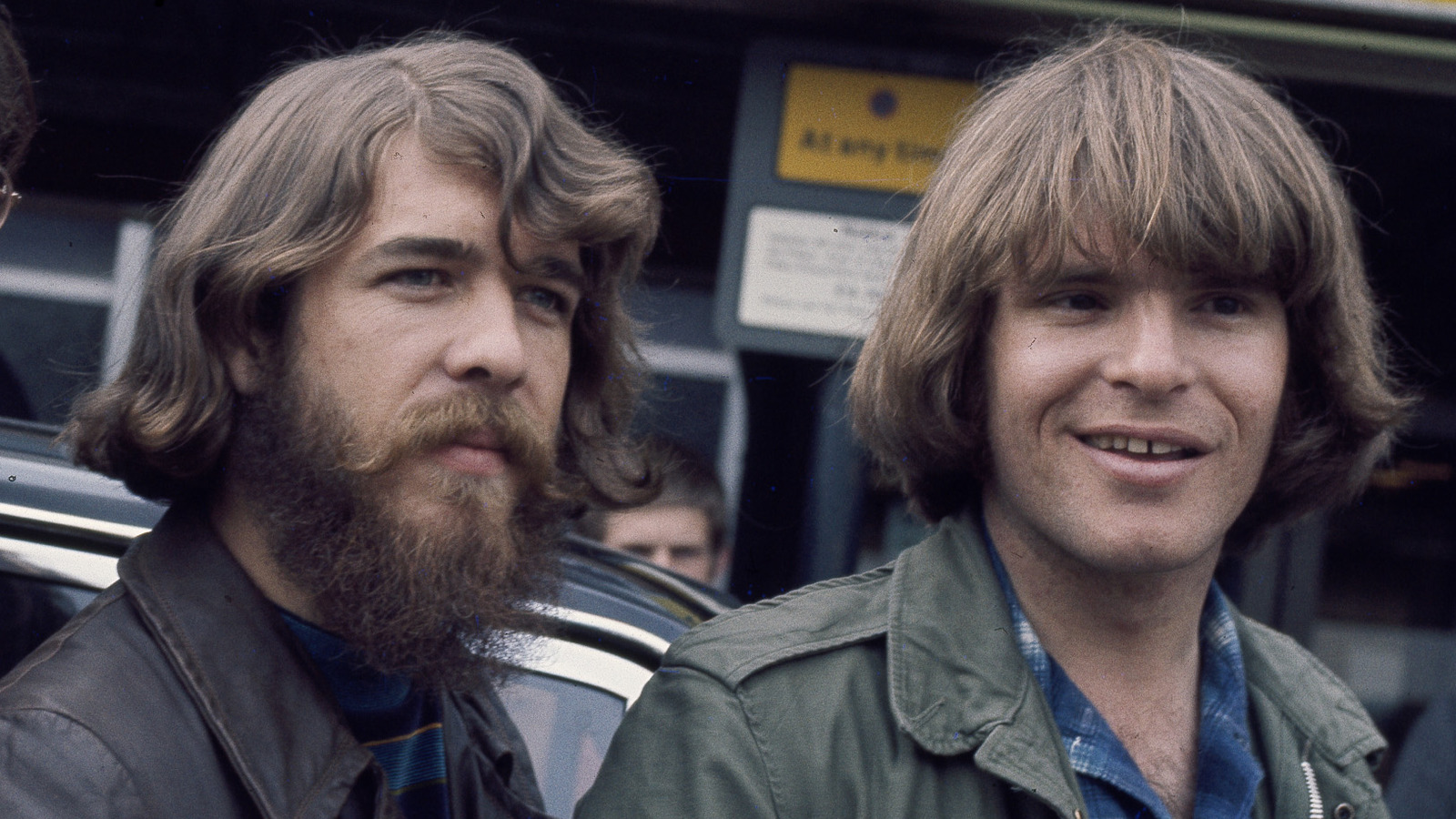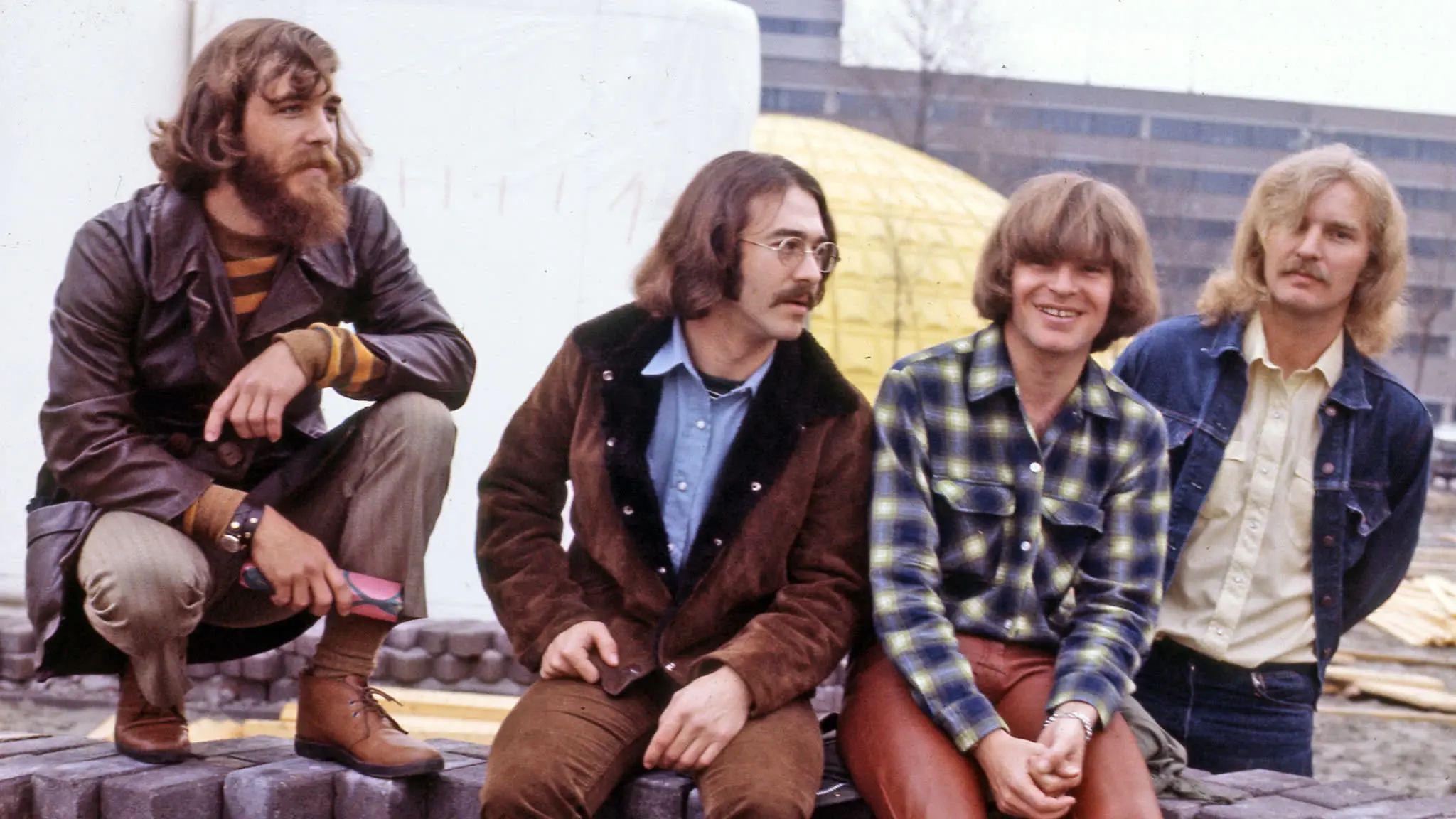Creedence Clearwater Revival (CCR) is one of the most iconic rock bands in music history. Their timeless sound and unforgettable hits have left an indelible mark on the world of music. Formed in 1967, this legendary band continues to inspire fans across generations. If you're a fan of classic rock or simply curious about the talented individuals behind the magic, this article dives deep into the lives of Creedence Clearwater Revival band members, exploring their contributions, history, and lasting legacy.
From their roots in San Francisco to becoming one of the most celebrated bands of the late 1960s and early 1970s, Creedence Clearwater Revival created music that resonated with audiences worldwide. Their unique blend of rock, blues, and swampy sounds produced hits like "Proud Mary," "Fortunate Son," and "Bad Moon Rising," making them household names.
In this article, we'll take a closer look at the band members who brought Creedence Clearwater Revival to life. Beyond their music, we'll explore their personal stories, contributions, and the impact they've had on the music industry. Whether you're a die-hard fan or just discovering their music, this comprehensive guide will provide valuable insights into the lives and careers of these legendary musicians.
Read also:Chen Zheyuan Youth Periplous Journey Of Discovery And Inspiration
Table of Contents
- Biography of Creedence Clearwater Revival
- Band Formation and Early Days
- Key Members of Creedence Clearwater Revival
- John Fogerty: The Voice and Songwriter
- Tom Fogerty: The Original Rhythm Guitarist
- Stu Cook: The Bassist
- Doug Clifford: The Drummer
- Band Dynamics and Creative Process
- The Breakup and Legacy
- Current Status of Creedence Clearwater Revival Members
Biography of Creedence Clearwater Revival
Creedence Clearwater Revival, often abbreviated as CCR, was formed in 1967 in El Cerrito, California. The band emerged from the ashes of The Blue Velvets, a group that had been active since the late 1950s. Comprising four members, the band quickly gained a reputation for their distinctive sound, which combined rock, blues, and swamp influences. Their music spoke to the struggles and experiences of everyday people, resonating deeply with listeners during a tumultuous period in American history.
Origins and Influences
The origins of Creedence Clearwater Revival can be traced back to the early 1960s when the band members first started playing together under various names. Their unique sound was shaped by the musical influences of blues legends like Muddy Waters and Howlin' Wolf, as well as rock pioneers such as Chuck Berry. The band's swampy, roots-driven style became a hallmark of their music, setting them apart from their contemporaries.
Band Formation and Early Days
The formation of Creedence Clearwater Revival marked the beginning of a musical journey that would leave an indelible mark on the music industry. Initially known as The Golliwogs, the band struggled to find their identity until they rebranded as Creedence Clearwater Revival in 1967. The name was inspired by a friend's advice and a beer advertisement, reflecting their commitment to clarity and creativity.
Challenges and Breakthrough
In their early days, the band faced numerous challenges, including limited resources and a lack of recognition. However, their persistence paid off when they signed with Fantasy Records, a label that believed in their potential. Their breakthrough came with the release of "Suzie Q," a single that showcased their raw talent and laid the groundwork for future success.
Key Members of Creedence Clearwater Revival
The heart and soul of Creedence Clearwater Revival lay in its four talented members. Each brought their unique skills and personalities to the table, contributing to the band's success. Below, we delve into the lives and contributions of each member:
John Fogerty: The Voice and Songwriter
John Fogerty, the lead vocalist and primary songwriter of Creedence Clearwater Revival, is often regarded as the driving force behind the band's success. Born on May 28, 1945, in Berkeley, California, Fogerty's ability to craft memorable songs and deliver powerful performances made him a standout figure in the music world.
Read also:Sophie Rains Erome A Comprehensive Guide To Her Life Career And Impact
Bio Data:
| Full Name | John Cameron Fogerty |
|---|---|
| Birthdate | May 28, 1945 |
| Role in CCR | Vocals, Lead Guitar, Songwriter |
| Notable Hits | Proud Mary, Fortunate Son, Bad Moon Rising |
Tom Fogerty: The Original Rhythm Guitarist
Tom Fogerty, John's older brother, played a crucial role in the early years of Creedence Clearwater Revival. As the rhythm guitarist, he provided the backbone for many of the band's iconic songs. Despite leaving the band in 1971, his contributions remain an essential part of their legacy.
- Joined CCR in 1967
- Departed in 1971
- Known for his steady rhythm guitar work
Stu Cook: The Bassist
Stu Cook, the bassist of Creedence Clearwater Revival, brought a steady and melodic presence to the band. His bass lines were a critical element in the band's distinctive sound, providing depth and rhythm to their music. Cook's contributions extended beyond his instrumental skills, as he was also involved in the band's business affairs.
- Joined CCR in 1967
- Remained with the band until its dissolution in 1972
- Known for his melodic bass lines
Doug Clifford: The Drummer
Doug "Cosmo" Clifford, the drummer of Creedence Clearwater Revival, was a key player in the band's rhythm section. His precise and powerful drumming style added energy and drive to their music, making him an indispensable member of the band. Clifford's contributions have been celebrated by fans and fellow musicians alike.
- Joined CCR in 1967
- Remained with the band until its dissolution in 1972
- Known for his dynamic drumming style
Band Dynamics and Creative Process
The dynamics within Creedence Clearwater Revival were both a source of strength and tension. John Fogerty's role as the primary songwriter and leader often led to creative conflicts with other band members. Despite these challenges, the band managed to produce a string of successful albums and singles, each showcasing their unique sound and style.
Collaborative Efforts
While John Fogerty was the dominant creative force, the other members of the band played vital roles in shaping the music. Stu Cook and Doug Clifford contributed significantly to the band's rhythm section, while Tom Fogerty provided a steady rhythm guitar presence. Their collaborative efforts resulted in some of the most iconic songs of the era.
The Breakup and Legacy
Despite their immense success, Creedence Clearwater Revival disbanded in 1972 due to internal tensions and creative differences. The breakup marked the end of an era, but the band's legacy continued to grow over the years. Their music has been celebrated by fans and musicians worldwide, influencing countless artists across genres.
Impact on Music
The impact of Creedence Clearwater Revival on the music industry cannot be overstated. Their songs have become anthems for generations, capturing the spirit of their time and resonating with listeners of all ages. The band's influence can be heard in the works of many contemporary artists, ensuring that their legacy lives on.
Current Status of Creedence Clearwater Revival Members
Today, the surviving members of Creedence Clearwater Revival continue to be involved in music and other creative pursuits. John Fogerty remains an active musician, performing and releasing new music, while Stu Cook and Doug Clifford have reunited as Creedence Clearwater Revisited, keeping the spirit of the band alive.
Legacy and Recognition
The members of Creedence Clearwater Revival have received numerous accolades for their contributions to music, including induction into the Rock and Roll Hall of Fame. Their music continues to inspire new generations of fans, ensuring that their legacy endures for years to come.
Kesimpulan
Creedence Clearwater Revival remains one of the most influential bands in music history, thanks to the incredible talents of its members. From John Fogerty's songwriting genius to the rhythm section of Stu Cook and Doug Clifford, each member played a vital role in shaping the band's sound and legacy. Their music continues to resonate with fans worldwide, proving that true artistry transcends time.
We invite you to explore more about Creedence Clearwater Revival and their music. Share your thoughts in the comments below, and don't forget to check out our other articles on legendary musicians and bands. Together, let's celebrate the timeless contributions of Creedence Clearwater Revival and their unforgettable legacy.


